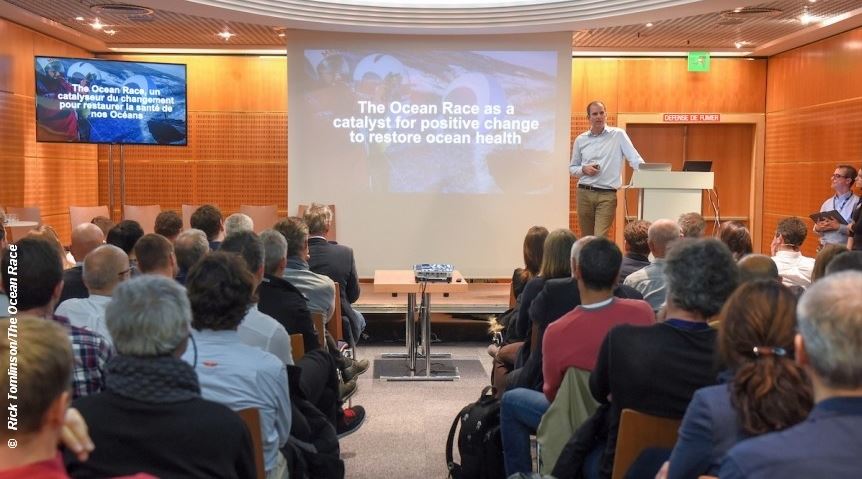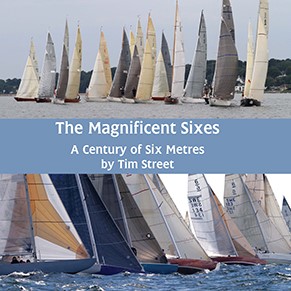Volvo Ocean Race consigned to history

Past Vendée Globe winner Vincent Riou has been involved in the discussions.
He says: “It was not easy to get everyone together on to the same page on this project, but this way allows dual purpose boats which will costs less money and be more adaptable.”
Does this mean that a typical Vendée Globe boat will be able to win The Ocean Race?
“Winning the race, no, a boat built for the Volvo will maintain an advantage, but podiums or even stage wins, yes,” says designer Juan Kouymoudjian.
“The actual course for the 2021-2022 race should be unveiled “before the second quarter of 2019,” says Salén.
By the end of March they should know the regions they are going to and the order of the stages, then they have to finalise the contracts with the cities – 45 have expressed their interest.
The course will be in tune with the traditional Imoca designs, with less upwind, more downwind and more in the South. They have been modelling some scenarios with longer Southern Ocean legs for the downwind element.
One of the options is a first leg between Alicante and Brazil, then a second between Brazil and Australia, the stop in South Africa coming after the passage of the Horn detouring to Asia – before the fleet goes to the United States.
One certainty is a reduction in the number of legs, with a balance as the IMOCA teams would prefer less crew and fewer legs and the traditional ‘Volvo’ crews ‘get’ the commercial value and prefer more stops.
And the result is . . . “There will be seven or eight stages”, answers Salén.
Will there be one in France? Salén responds: “We know it’s important for the French teams, so it’s an ambition for us.”
One hypotheses on the table is for a prologue in Marseille, before the fleet heads to Alicante for the October start.
How many will actually make it to Alicante in October 2021? Johan Salén hopes for “10-15 Imoca and 5-7 VO65”.
This story is from Sail World.










